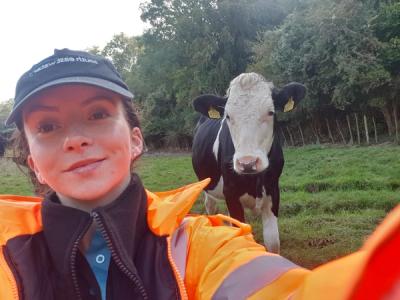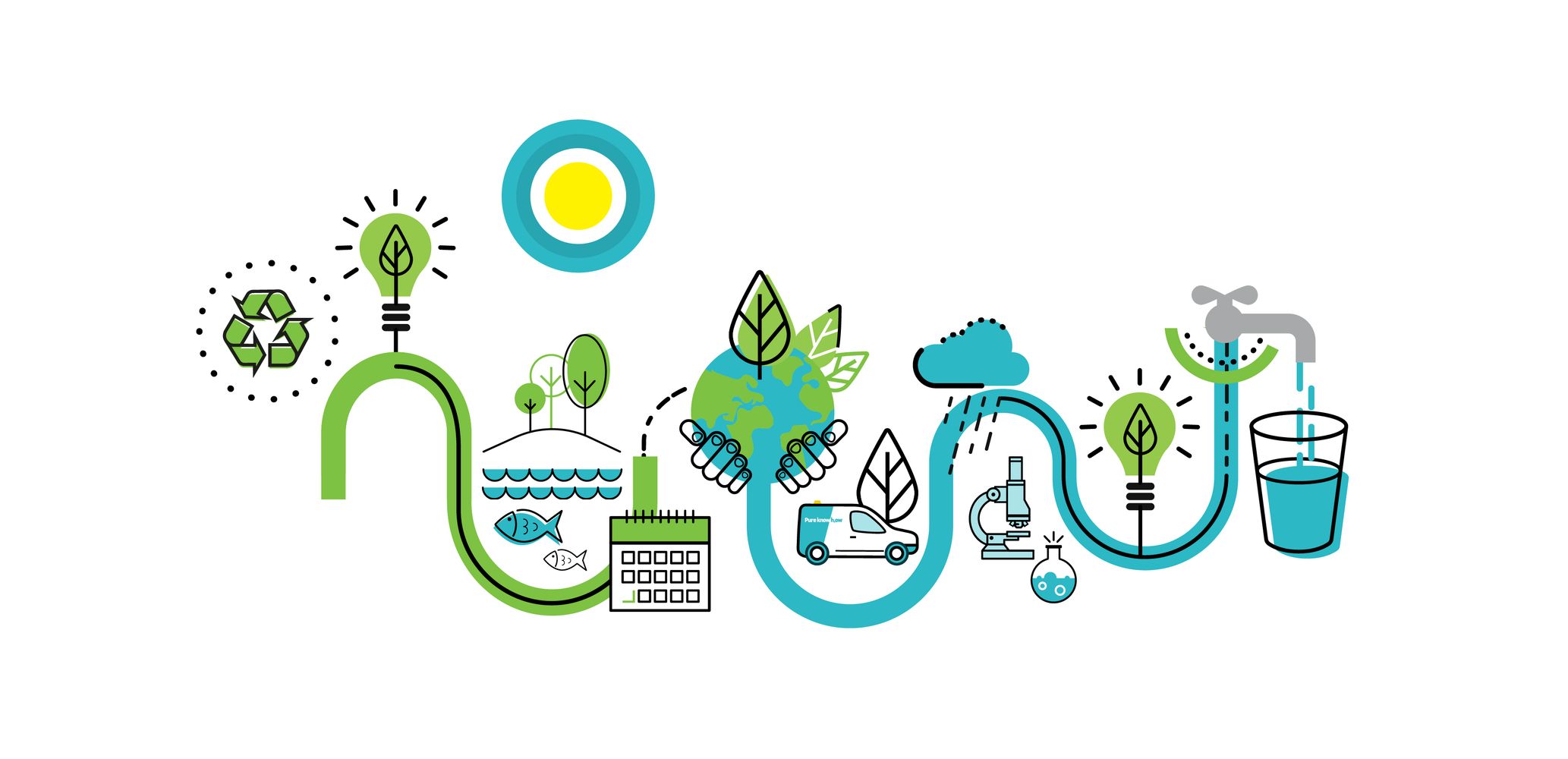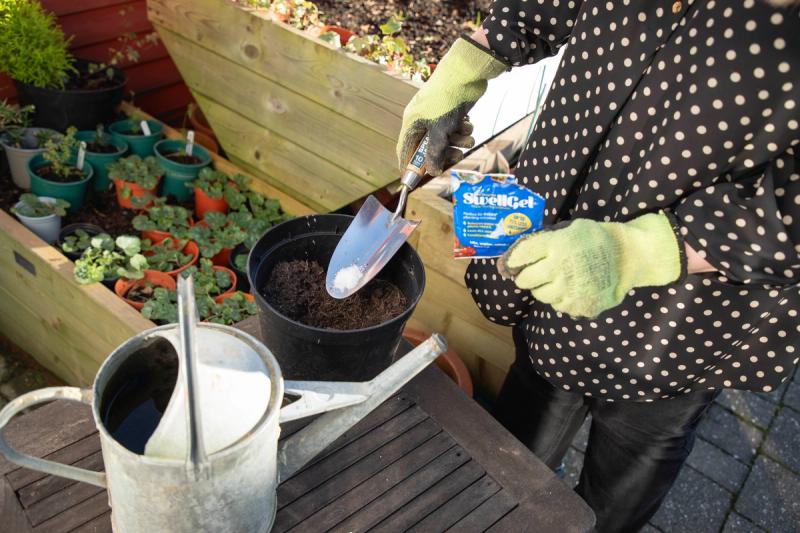Each month, we’ll share ways we can support you or your loved ones, helpful tips to save money and water, updates on how we’re adapting to climate change, what we're doing to improve our service to you, and all the other activities we do as a water company.
Sowing the right seeds
Besides the well-known lavender, rosemary and geranium plants, there are plenty of other vibrant varieties that are tolerant to drought too.
These include:
- Rock Rose - Shrubs are a great way to fill a larger space in your garden, but the benefit of this one is its bright summer blooms in pinks and yellows.
- Spanish broom - With its dazzling yellow flowers, this shrub is especially hardy and copes well with the often chalky soil we have in the south east.
- Agapanthus - Also known as ‘Lily of the Nile’ despite not being from the lily family at all. They are extremely reliable plants that cope well in dry conditions and offer a range of colours from darker blues and purples to brilliant white.
It’s not just planting advice we can help with, we have loads more ways to save you time and money in the garden too.
Save money this spring
We want to help you save more money in the cost of living crisis, with a bonus for the environment where it saves on water too.
- Our leaky loo strips are free to order and will help you identify when your toilet is leaking all that treated water away.
- A kitchen stream adds tiny air bubbles to maintain pressure, but uses less water. Our handy one has a 360° swivel to make it quicker and easier to wash away mess.
- The same principle applies to our regulated shower heads, yes that’s right, we will give you a brand-new shower head for free. Order it here.
- We also fund a discount on a variety of water butts, ranging from 100 litres to 227 litres. Check out the savings and costs here.
How do we know we’re protecting the environment?
Measuring the amount of water that absorbs into groundwater and checking the quality of all our water sources, is crucial to understand if the job we do above ground is working.

My name is Tauba, and I'm a Catchment Scientist for South East Water.
My day-to-day role involves monitoring our raw water sources by collecting samples from boreholes and rivers, which are then tested for various chemical parameters.
By doing this, we can understand the pressures in the area that impact the raw water quality and implement ways to manage and minimise these impacts.
Let's take a deep dive into how we do this.

Groundwater
Underground water may have travelled through an aquifer and is abstracted through a borehole. It can be found at our water treatment works but is usually in the middle of a field or on farmland.
The water is abstracted by pulling up the cable inside the borehole (up to 100 meters long) until the logger is found at the end. The logger measures how much groundwater is within the borehole and takes a reading every 15 minutes.
Our Environmental Catchment Scientists will check loggers are reading information correctly by measuring the groundwater depth with a tape measure.
This is also a prime opportunity to test the quality of water coming from the borehole. They take a sample by tying a plastic bailer to the logger cable and dip it into the borehole to collect some of the water.
The water sample is then sent to our own laboratories in Hampshire for testing.

Surface water
Surface water is watercourses that are above ground, like rivers, streams, or reservoirs. It is a little easier to sample the water from these sources, as it can be taken straight from the open body of water.
Our Environmental Catchment Scientists will have various bottles with different lid colours that depict what each sample is meant to test for. The most common thing we test for is substances found in fertilisers from local farms and landowners.
Over time, we use the data collected from these samples to spot trends such as water levels, levels of chemicals in the water, rainfall, and more.
These trends give us insight into the state of the water quality, help us plan resourcing, ensure we meet statutory obligations, and, most importantly, ensure the work we're doing is making a difference.





